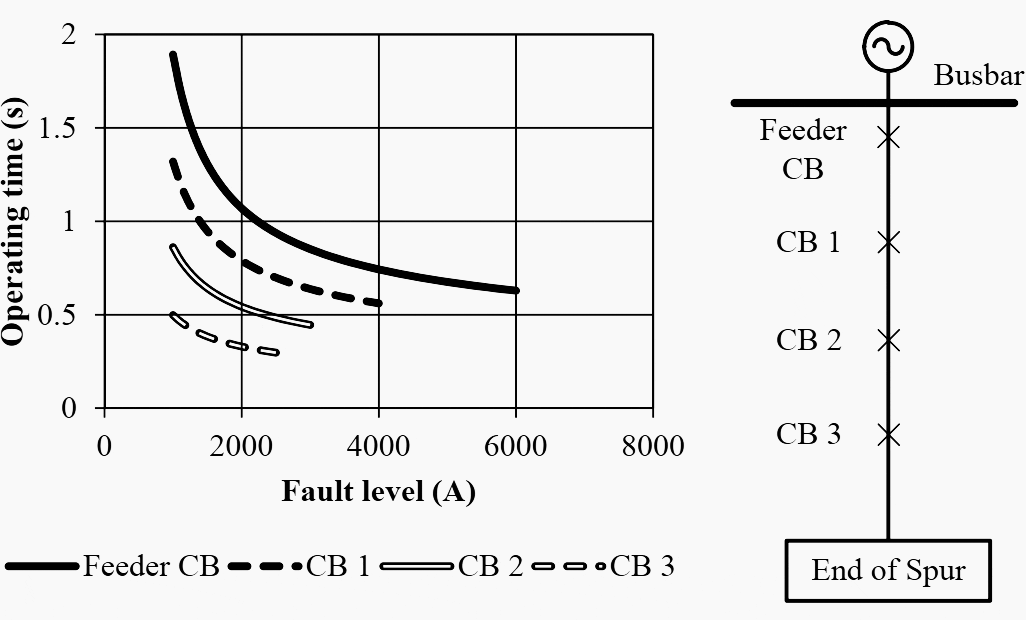Evaluating overcurent protection
The principle power generation transmission and distribution organization in South Africa Eskom: They have a medium voltage (MV) overhead network in excess of 300 000 km. Eskom has embarked on a drive to become one of the top have utilities in the world.

As part of this drive, the utility wants to improve the reliability of its MV feeders. The reliability of a network is impacted by incorrect primary plant design, primary plant commissioning, incorrect protection settings and fading service levels.
When considering the impact of faults on high voltage (HV) feeders, the number of customers and the size of the load impacted are much greater than that of MV feeders.
The frequency of faults on MV feeders however greater than that of HV, due to the larger exposure area. Exposure area defines the physical square kilometres of land the the feeder covers.
The distribution of power and the continuity of supply are key objectives of any power system and power utility fox that matter. Faults on the feeder or network are detrimental to continuity of supply, pose a risk to life and can lead to capital and operational expenditure.
A line designer and protection engineer cannot prohibit network faults from occurring. They can only minimize the likelihood and effects of the fault.
Traditionally, protective equipment on MV feeders consists only of OC elements. This holds for both phase- and earth-fault protection. This is due to the uncomplicated nature of the OC protection approach. To effectively protect the MV feed, it was simply an exercise of determining the current pick-up (PU), choosing an operating curve and grading the successive protection devices in time and current.
This gave rise to the traditional time-current curves.

Time-current curves for a specific reduced network diagram for different circuit breakers (CB) on a radial path are showing in Figure 1 above.
The use of time-current curves is well documented in the literature. It is seen as an industry standard when evaluating protection performance of installed protective devices in a network.
However, the traditional PU sensitivity and grading approach never ensured the the feeder is optimally protected, nor did it consider the impact of protection on the power quality that the customers experienced.
The survey in research paper by A. Chaly, K. Gutnik, A. Testoedov and A. Astrakhantsev – “Autocoordination of protection settings of series reclosers” indicates that 65% of the utilities that participated ensure that protective devices are graded with upstream devices and 63 % ensure grading with downstream devices. Of the utilities that participated, 51 % consider the conductor thermal limit and only 39 % of the utilities ensure that the protection will detect a fault at the end of the line.
After protective devices have been commissioned in the network, their effectiveness is seldom evaluated.
| Title: | Phase overcurrent protection on overhead MV feeders – Martin Johannes Slabbert; University of Pretoria |
| Format: | |
| Size: | 2.60 MB |
| Pages: | 147 |
| Download: | Here 🔗 (Get Premium Membership) | Video Courses | Download Updates |



A very informative read. Thanks and keep them coming
Sir
Good information thanks for sending .
Keep up dating us.
with regards
P.Samal